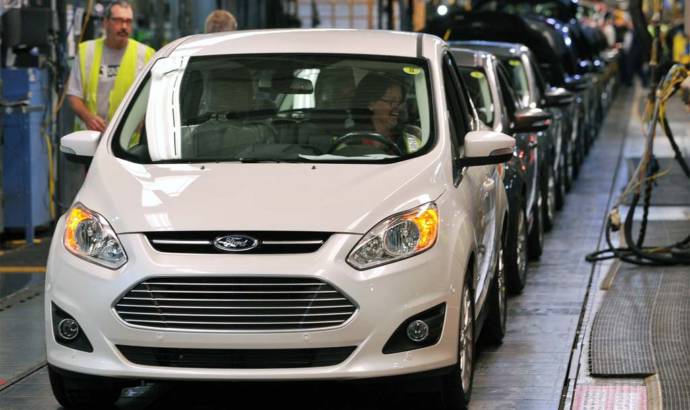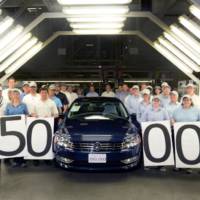Ford engineers are using 3D mapping in what is believed to be the technology’s first application in the auto industry to better analyze rear axle parts of F-Series pickups during assembly, leading to a smoother, quieter ride for drivers of Ford trucks.
Similar to Google Earth, which uses three-dimensional imaging to map the world, Ford’s photogrammetric pattern reader (PPR) uses a pair of digital cameras to combine photos of the axle gears into a series of 3D pictures that are compared against an ideal computer model of the gears. Gears that don’t meet “Built Ford Tough” specifications are discarded.
“PPR technology is the next evolution in quality control for our commercial trucks,” said David Gravel, an engineer in Ford’s advanced manufacturing group. “While traditional, visual inspections of our axle gears ensure we’re delivering dependable, tough trucks to our customers, this new technology allows us to conduct our inspections faster, and at a level of detail the human eye just cannot discern.
Ford’s system uses line scan cameras and infrared lights to turn a series of two-dimensional image slices into a single three-dimensional image for analysis. Now in use at Ford’s Sterling Axle Plant in Sterling Heights, PPR stations are being rolled out in Ford plants worldwide.



